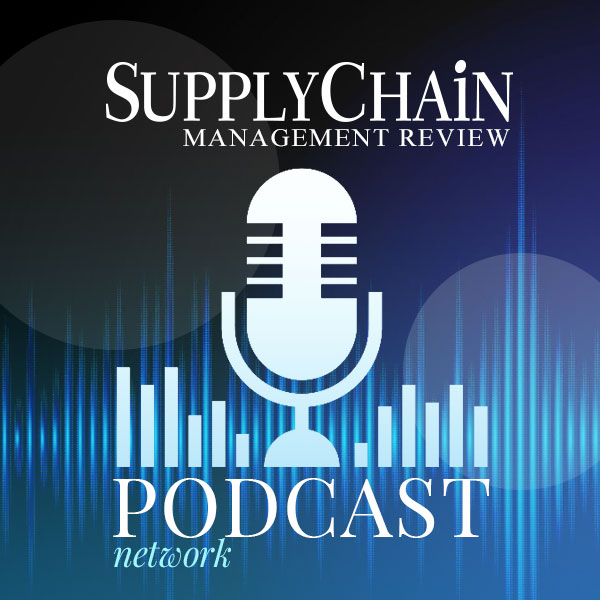 Editor’s Note:This post was written by Suzanne Greene, Manager of the MIT Sustainable Logistics Initiative. For further information on the SLI, visit sustainablelogistics.mit.edu or contact Suzanne Greene at [email protected].
Editor’s Note:This post was written by Suzanne Greene, Manager of the MIT Sustainable Logistics Initiative. For further information on the SLI, visit sustainablelogistics.mit.edu or contact Suzanne Greene at [email protected].
Transportation is the second biggest global emitter of greenhouse gases (GHG), yet the logistics sector is often left out of the climate conversation. The 23rd Conference of Parties (COP23), a major annual forum for climate policy dialogue, recently moved transportation into the spotlight, paving the way for more proactive emissions reductions measures.
COP23 was considered a “technical COP,” establishing how the Paris Accords will be implemented by countries and industry starting in 2020.1 While 2020 is the line in the sand by policy standards, all actions are driving towards the massive reduction in GHG emissions needed to meet 2050 targets; at the minimum, keeping global temperatures less than 2.0°C above the levels experienced during pre-industrial times, with proactive measures to keep temperatures under 1.5°C.
The Paris Accords rely on each country to put forth emissions reduction targets, known as nationally determined contributions (NDCs), in order to meet 2050 goals. However, transport-specific targets related to passenger transportation are included in 43% of NDCs, and freight transportation is left out of all by 13% of NDCs.2 International modes of transportion, such as maritime and aviation, slip between the cracks and are left out by most countries.3
COP23 represents a significant step towards reversing this trend. The first ever Transportation Day took place at the November event, which drew much needed attention to the intersection between domestic and international policy and industry efforts.
The gap in the NDCs perhaps inadvertently shifts the onus to industry to track and mitigate their freight transport emissions. With freight demand, and thus GHG emissions, on the rise, companies are engaged with climate action at unprecedented levels and with an increasing sense of momentum, as demonstrated by the the COP23 launch of the Transport Decarbonization Alliance.4.
Efforts have crystallized around the Science-Based Targets initiative (SBTi), is releasing a tool for transportation starting in early 2018, which SLI has been involved in developing.
The SBTI empowers companies to use their emissions data to set climate targets that are in line with projections for efficiency improvements and new technologies determined by International Energy Association.
The SBTi, however, bases the targets on the company's own emissions calculation, which is a challenge for the many companies with transport emissions in their supply chain and therefore often left out. The forthcoming CDP questionnaire for transportation will require the use of uniform methodologies for calculation and reporting, the GHG Protocol (passengers) and GLEC Framework (freight). This will enable comparable science-based targets, increased transparency between transportation buyer and supplier, and new pathways for partnerships around emissions reduction and sustainable decision-making.
This growing expertise in corporate carbon accounting is an opportunity to improve existing transportation NDCs, and to support the creation of NDCs where transportation is currently left out. The data companies routinely gather and, increasingly, share can also be used to close the gap on maritime and aviation emissions, which remain stranded in international waters and airspace.
Freight transportation shows a tremendous promise for emissions reduction through both efficiency improvements and technology adoption that will benefit both the climate and human health. Industry is poised and ready to act – let's incorporate logistics into the NDCs and make sure all progress is being tracked and recognized.
SC
MR


Latest Supply Chain News
- How S&OP provides the answer to in-demand products
- AI, virtual reality is bringing experiential learning into the modern age
- Humanoid robots’ place in an intralogistics smart robot strategy
- Tips for CIOs to overcome technology talent acquisition troubles
- There is still work to do to achieve supply chain stability
- More News
Latest Podcast

 Explore
Explore
The Academy News
- AI, virtual reality is bringing experiential learning into the modern age
- Predicting stockouts: Enhancing FMCG resilience through data-driven insights
- Finding the Right Approach for Supply Chain Education
- The Supply Chain Triad
- Innovating Supply Chain Higher Education with Generative AI
- How Smart Supply Chain Management Boosts Brand Identity
- More The Academy
Latest Academy Resources

Subscribe

Supply Chain Management Review delivers the best industry content.

Editors’ Picks





